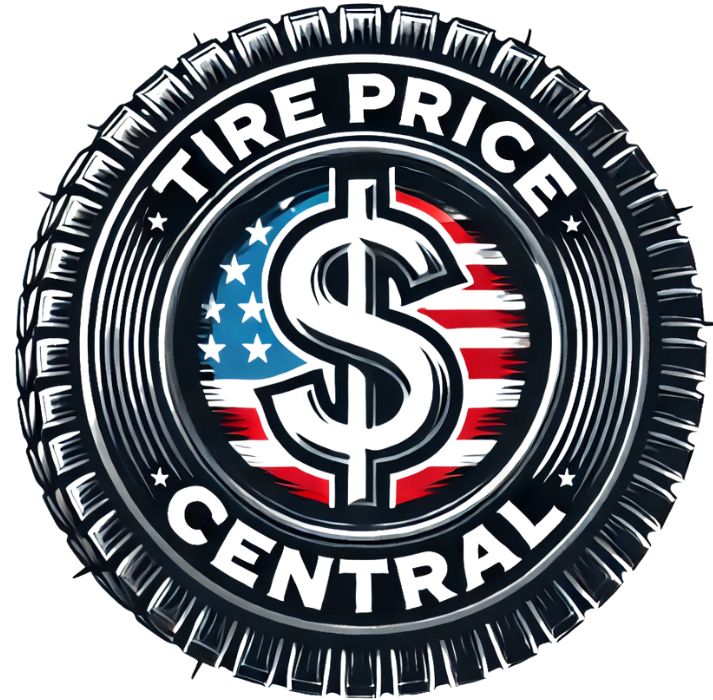
Understanding Tire Ply Ratings: A Guide to Load Capacity
A tire's ply rating is a key indicator of its strength and load-bearing capacity. This rating helps determine how well a tire can handle inflation pressure and weight, making it an essential factor for those who tow, haul, or carry heavy loads.
Modern Ply Ratings & Load Range
Today, tire ply ratings are more commonly expressed as load range. While older tires were constructed with multiple layers (or plies) of cotton fabric, advancements in materials and engineering have made it possible to achieve greater strength without additional layers. As a result, ply rating no longer directly correlates to the number of plies but still serves as a reference for durability and performance.
Load range is represented by letters, with each letter further down the alphabet indicating a stronger tire with higher inflation pressure and load capacity. Most light truck (LT) and SUV tires fall within load ranges C to F.
Load Range vs. Ply Rating
Below is how modern load ranges correspond to the traditional ply rating system:
|
Load Range |
Traditional Ply Rating |
|
B |
4 Ply |
|
C |
6 Ply |
|
D |
8 Ply |
|
E |
10 Ply |
|
F |
12 Ply |
Where to Find Load Range on Your Tires
For LT tires, load range information is typically located on the sidewall next to the tire size details. You can also find this information in online product listings under Available Sizes or Specifications. This section often includes maximum inflation pressure and maximum load capacity, crucial details for ensuring the tire meets your vehicle's needs.
Choosing the Right Load Range for Your Vehicle
To make an informed decision, start by checking your vehicle’s original equipment (OE) tires for their load range. Your replacement tires should meet or exceed this specification to ensure safe operation.
Next, consider your towing or hauling requirements:
- Do you frequently tow trailers or carry heavy cargo? If so, you may need a higher load range than your OE tires.
- Occasional light loads? Sticking with your vehicle’s OE load range should be sufficient.
If you’re unsure about which load range is best for your needs, our tire experts are available to help—call us at (866) 961-8668 for personalized advice.
Passenger Tires vs. Light Truck Tires
If your vehicle is equipped with P-metric tires (passenger tires), you may not see a load range rating on the sidewall. Instead, these tires are labeled Light Load (LL), Standard Load (SL), or Extra Load (XL). Passenger tires have lower load capacities than LT-metric tires, making them less suitable for heavy-duty applications.
For those who tow or haul regularly, switching to LT tires with an appropriate load range can provide greater durability and safety. Check your owner’s manual and the driver’s side door jamb sticker for vehicle weight ratings and recommended tire pressures before making a change.
Final Thoughts
Understanding tire ply ratings and load ranges ensures you select the right tires for your driving needs. Whether you’re hauling a trailer, carrying heavy loads, or simply looking for reliable performance, knowing your tires’ capabilities will help you maximize safety and efficiency.
Need assistance? Call our experts at (866) 961-8668 for guidance on the best tires for your vehicle and load requirements!

